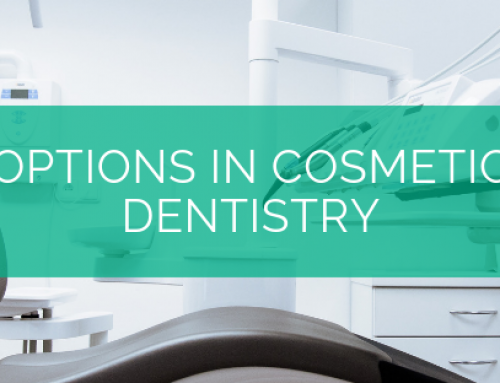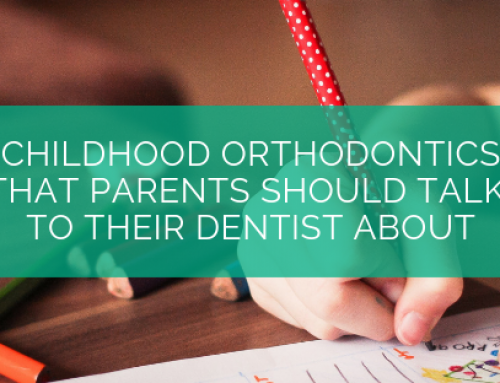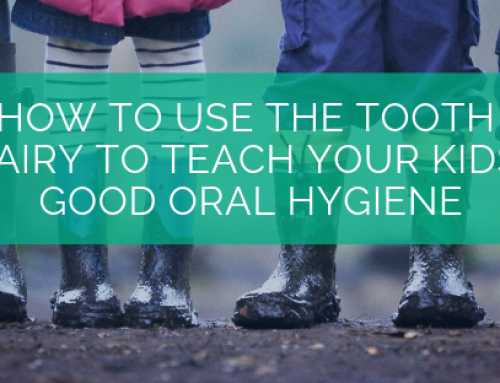Since birth, there are always friends and family commenting on just how much we resemble mom or dad.
“You’ve got your mom’s eyes,” or “You have your father’s chin,” are variations of remarks that most of us hear all throughout our life. We know that plenty of our physical characteristics and our personalities are related to genealogical sources, but have you ever questioned if the same goes for your dental health? The case is, the capacity for each one of us to become susceptible to oral risks is enhanced granted that the condition has been known to run in your family. This also involves cavities, which is actually the most typical chronic illness around the world.
In case the following disorders happen in your relatives, let your dental practitioner know the next time you book an exam:
The High Prevalence of Oral Cancer
Undoubtedly, heavy alcohol and tobacco use is the primary source of becoming infected with oral cancer. Even so, you must realize that mouth cancer is an amazingly fatal affliction that kills more than 200,000 men and women in The United States each year. It’s been observed that a number of acquired hereditary anomalies raise the possibility of forming this disorder.
▪ Dyskeratosis congenita is a syndrome which carries a high danger of throat and mouth cancer starting early in life.
▪ Fanconi anemia is an inherited blood condition that is also related to the progression of aplastic anemia or leukemia in young people. Moreover, individuals who possess this sickness are actually 500 times more likely to acquire mouth cancer than people that don’t.
Even though both inherited syndromes specified in this article seem to appear in younger individuals, the likelihood of mouth cancer normally grows as we continue to get older. Plus, men happen to be twice as inclined to develop this sickness than females.
3 Stages Of Gum Disease
The American Dental Association has stated that genes contribute to enhancing your odds to form gum disease. Whenever we fail to correctly clear the plaque that gathers on our teeth, our gums begin to suffer. Warning signs of gum disease consist of:
▪ Foul-smelling breath
▪ Tooth loss
▪ Red-looking, sensitive gums
▪ Bleeding gums
Gum disease develops in several stages. In the beginning, it’s referred to as gingivitis, and it is still relatively easy to fix by simply going to your dental professional for a general oral wellness exam, and followed by great oral hygiene in your home. The next level is periodontitis and this effects well over 45% of adults in America. At this point, the bone and tissue around the teeth begin to vanish which in turn might cause the teeth to come loose. Disruptive periodontitis materializes when the patient has declined to seek help. The bone and tissue in the mouth continue to be shed, although it starts taking effect at an accelerated rate.
Crooked Teeth
The solution to what specifically creates uneven teeth is not globally agreed upon. Several folks will state that it’s genetic. A baby that is born to parents with unusual or small-scale mandibles will possess an amplified possibility of acquiring crooked teeth. For instances like these, the misalignment of the teeth is triggered by overcrowding, overbites, underbites, as well as gaps.
On the other hand, a few will report that misaligned teeth are a result of other problems such as poor diet, thumb sucking, mouth breathing, and environmental aspects. And, if the child’s parents neglect to explain to them about healthy flossing and brushing practices at a young age, the chance of the child cultivating crooked teeth–along with various other dental issues–is increased.
The Gene That Causes Tooth Decay
Like we discussed earlier, tooth decay has been confirmed to be the world’s most frequent chronic disease. On the other hand, similar to mouth cancer, your daily options play a big part in your probability of developing tooth decay. That is not to say that your opportunity for dental caries and tooth decay has very little to do with family genes. The gene beta-defensin 1, including its alterations, have been related to tooth decay in adult teeth.
Some households might place a lot less value on engaging in ideal dental care, but cavities are simply preventable by adhering to these tips:
▪ Eating a healthy diet
▪ Brushing your teeth twice every day
▪ Going to your dentist at least two times a year
▪ Flossing at least once a day
And yet, what about those of us who floss and brush obsessively and still end up needing to go to the dentist’s office to get cavities filled? A team of scientists from the University of Zurich has recently revealed a genetic mutation that produces faulty tooth enamel, which amplifies the opportunity of getting dental caries.
Today, scientists are looking at the prospects of genetic testing in order to figure a particular person’s sensitivity to developing specified health problems, involving oral matters. The American Dental Association has published an evidence-based summary of their discoveries on their website. A contributor to this particular paper, Dr. Steven Offenbacher, has pointed out: “Most chronic diseases appear to be a result of multiple genes interacting with the environment (like poor hygiene).”
Setting up routine appointments with your dental practitioner is not just about having a general cleaning and getting a freebie goodie bag. Your dentist is proficient in looking after the thorough condition of your mouth and seeing the beginning clues of the situations discussed in this blog, along with a number of other problems. In case you have not done so already, we urge all of our patients to pay our professionals at Milford Dental Excellence a visit in the very near future, even more so if you have a family history regarding any of the conditions specified above.









